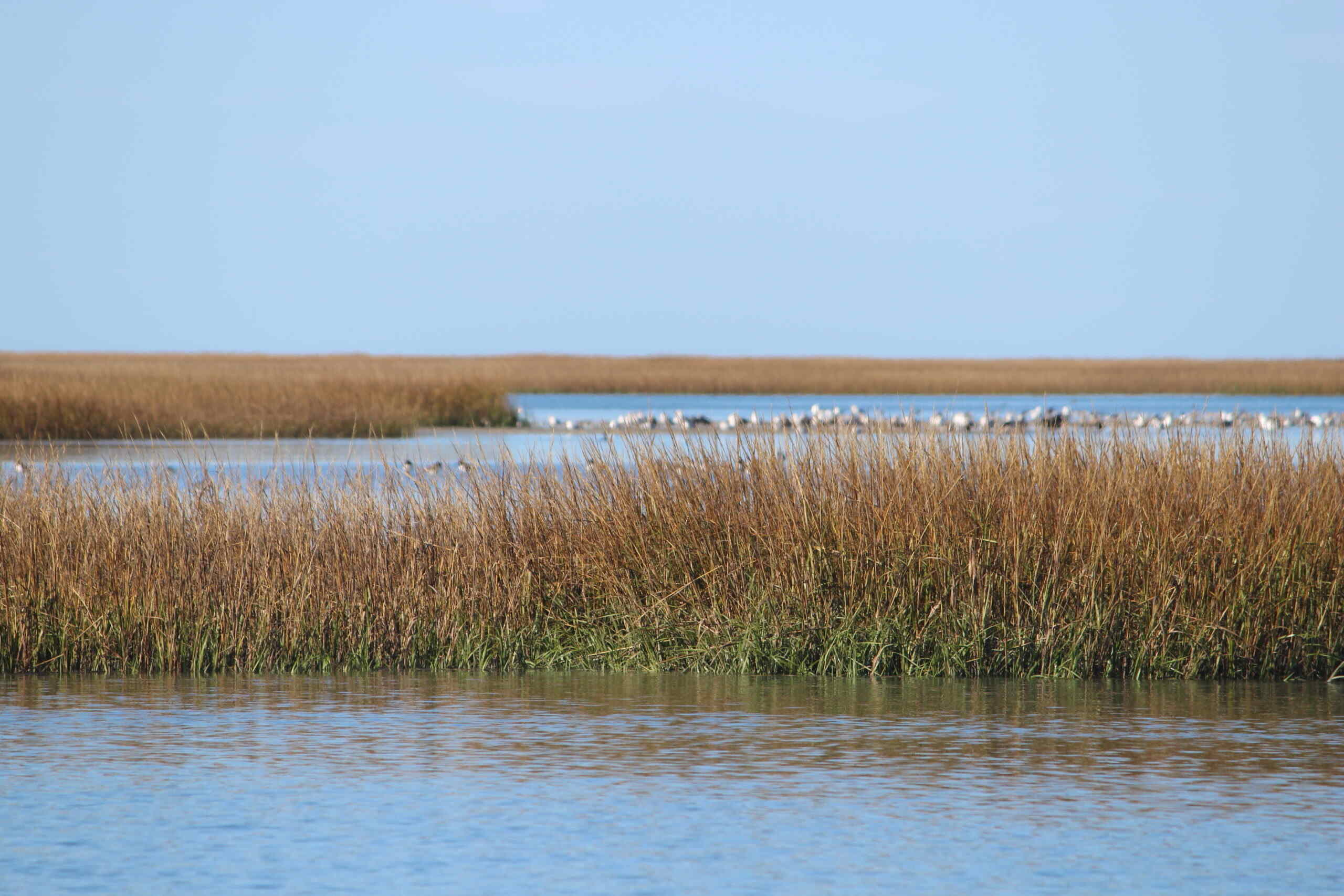Hidden Tidal Marshes Of The Chesapeake Bay

Have you ever heard of the hidden tidal marshes of the Chesapeake Bay? These marshes, often overlooked, are teeming with life and natural beauty. Imagine paddling through calm waters, surrounded by tall grasses swaying in the breeze. Birds like herons and egrets hunt for fish, while crabs scuttle along the muddy banks. These marshes play a crucial role in the ecosystem, filtering water and providing habitat for countless species. Whether you're a nature lover or just looking for a peaceful escape, the tidal marshes offer a unique experience. Ready to explore this hidden gem? Let's dive in!
Discovering the Hidden Tidal Marshes of the Chesapeake Bay
The Chesapeake Bay, known for its stunning landscapes and rich biodiversity, hides some of the most beautiful tidal marshes. These marshes serve as crucial habitats for various species and offer serene spots for nature lovers. Let's explore some of these hidden gems.
1. Blackwater National Wildlife Refuge
Blackwater National Wildlife Refuge, located on Maryland's Eastern Shore, is a haven for bird watchers and wildlife enthusiasts. This expansive marshland is home to bald eagles, ospreys, and migratory waterfowl.
- Activities: Bird watching, kayaking, hiking
- Best Time to Visit: Spring and fall for migratory birds
2. Eastern Neck National Wildlife Refuge
Situated at the confluence of the Chester River and the Chesapeake Bay, Eastern Neck National Wildlife Refuge offers a peaceful retreat. The marshes here are teeming with life, from blue crabs to great blue herons.
- Activities: Fishing, wildlife observation, photography
- Best Time to Visit: Late summer and early fall
3. Jug Bay Wetlands Sanctuary
Jug Bay Wetlands Sanctuary, located along the Patuxent River, provides a unique glimpse into the tidal marsh ecosystem. The sanctuary features boardwalks and trails that allow visitors to explore without disturbing the habitat.
- Activities: Canoeing, guided tours, educational programs
- Best Time to Visit: Early morning or late afternoon for the best wildlife sightings
4. Otter Point Creek Natural Area
Otter Point Creek Natural Area, part of the Anita C. Leight Estuary Center, offers a mix of tidal and non-tidal wetlands. This area is perfect for those looking to learn more about the Chesapeake Bay's diverse ecosystems.
- Activities: Kayaking, nature walks, environmental education
- Best Time to Visit: Spring and summer for blooming flora
5. Saxis Wildlife Management Area
Saxis Wildlife Management Area, located on Virginia's Eastern Shore, is a lesser-known marshland that provides solitude and natural beauty. The area is ideal for those seeking a quiet escape.
- Activities: Hunting, bird watching, crabbing
- Best Time to Visit: Late fall and winter for waterfowl hunting
6. Eastern Shore of Virginia National Wildlife Refuge
This refuge, located at the southern tip of the Delmarva Peninsula, offers a mix of tidal marshes, forests, and beaches. It's a critical stopover for migratory birds and a great spot for nature enthusiasts.
- Activities: Hiking, bird watching, beachcombing
- Best Time to Visit: Spring and fall for bird migration
7. Parker's Creek Preserve
Parker's Creek Preserve, managed by the American Chestnut Land Trust, features pristine tidal marshes and forests. The preserve offers a peaceful setting for hiking and wildlife observation.
- Activities: Hiking, bird watching, educational programs
- Best Time to Visit: Year-round, but especially beautiful in the fall
8. Nassawango Creek Preserve
Nassawango Creek Preserve, located near Snow Hill, Maryland, is one of the largest contiguous forested wetlands on the Delmarva Peninsula. The preserve's tidal marshes are home to diverse plant and animal species.
- Activities: Canoeing, hiking, nature photography
- Best Time to Visit: Spring and summer for lush vegetation
9. Plum Tree Island National Wildlife Refuge
Plum Tree Island National Wildlife Refuge, situated in the Chesapeake Bay, is a restricted area due to its history as a bombing range. However, the surrounding waters and marshes offer excellent opportunities for boating and fishing.
- Activities: Boating, fishing, wildlife observation (from a distance)
- Best Time to Visit: Summer for boating and fishing
10. Patuxent Research Refuge
Patuxent Research Refuge, located in Laurel, Maryland, is the only national wildlife refuge established to support wildlife research. The refuge's tidal marshes provide critical habitat for various species and offer educational opportunities for visitors.
- Activities: Hiking, bird watching, educational programs
- Best Time to Visit: Spring and fall for educational events
Discovering the Chesapeake Bay's Hidden Tidal Marshes
Exploring the hidden tidal marshes of the Chesapeake Bay offers a unique adventure. These marshes are home to diverse wildlife, from blue crabs to great blue herons. The serene landscapes provide a peaceful escape from busy city life. Kayaking through these waters lets you experience nature up close. Local guides can share fascinating stories about the area's history and ecology. Visiting these marshes supports conservation efforts, ensuring they remain pristine for future generations. Whether you're a nature lover or just looking for a new experience, the Chesapeake Bay's tidal marshes won't disappoint. Pack your gear, grab a map, and get ready to uncover the beauty of this hidden gem.

